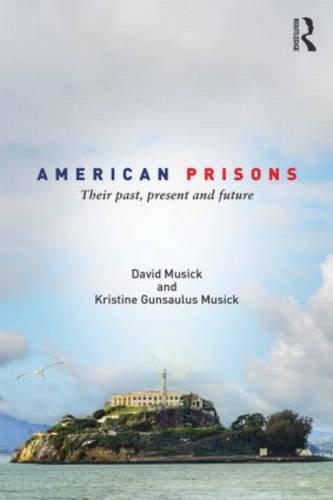

Most ebook files are in PDF format, so you can easily read them using various software such as Foxit Reader or directly on the Google Chrome browser.
Some ebook files are released by publishers in other formats such as .awz, .mobi, .epub, .fb2, etc. You may need to install specific software to read these formats on mobile/PC, such as Calibre.
Please read the tutorial at this link. https://ebooknice.com/page/post?id=faq
We offer FREE conversion to the popular formats you request; however, this may take some time. Therefore, right after payment, please email us, and we will try to provide the service as quickly as possible.
For some exceptional file formats or broken links (if any), please refrain from opening any disputes. Instead, email us first, and we will try to assist within a maximum of 6 hours.
EbookNice Team

Status:
Available4.4
31 reviewsImprisonment has become big business in the United States. Using a "history of ideas" approach, this book examines the cultural underpinnings of prisons in the United States and explores how shared ideas about imprisonment evolve into a complex, loosely connected nationwide system of prisons that keeps enough persons to populate a small nation behind bars, razor wire and electrified fences.
Tracing both the history of the prison and the very idea of imprisonment in the United States, this book provides students with a critical overview of American prisons and considers their past, their present and directions for the future. Topics covered include:
• a history of imprisonment in America from 1600 to the present day;
• the twentieth-century prison building binge;
• the relationship between U.S. prisons and the private sector;
• a critical account of capital punishment;
• less-visible prison minorities, including women, children and the elderly; and
• sex, violence and disease in prison.
This comprehensive book is essential reading for advanced courses on corrections and correctional management and offers a compelling and provocative analysis of the realities of American penal culture from past to present. It is perfect reading for students of criminal justice, corrections, penology and the sociology of punishment.